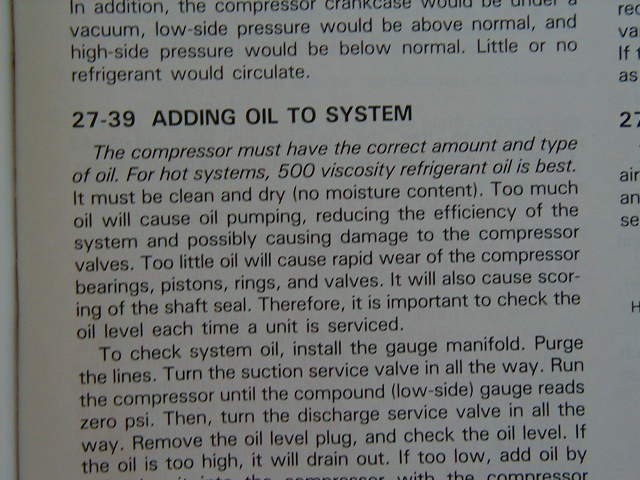The Exhaust Gas Recirculation (EGR) system is a crucial component in many Mercedes-Benz vehicles. It’s designed to reduce harmful emissions, but it can also cause issues that lead owners to consider removing it. This article delves into the purpose of the EGR in a Mercedes, common problems it can cause, and the legal implications of tampering with it.
The Role of EGR in a Mercedes
The primary function of the EGR system is to reduce nitrogen oxide (NOx) emissions. It does this by recirculating a portion of the exhaust gases back into the intake manifold. This process lowers combustion temperatures, which in turn reduces the formation of NOx. NOx contributes to smog and other environmental problems. Mercedes, like other automakers, incorporates EGR systems to meet stringent emissions standards.
Common EGR Problems in Mercedes
While designed to improve air quality, the EGR system can sometimes create issues. One common problem is the buildup of carbon deposits within the EGR valve, intake manifold, and related components. These deposits can restrict airflow, leading to reduced engine performance, rough idling, and even stalling. In some cases, excessive carbon buildup can necessitate costly cleaning or replacement of affected parts. Another potential issue is EGR valve malfunction, which can trigger warning lights and potentially cause the vehicle to enter a “limp mode” to protect the engine.
Considering EGR Removal: Performance vs. Legality
Some Mercedes owners explore EGR removal or deletion as a way to potentially improve performance and prevent carbon buildup. However, it’s crucial to understand the legal ramifications of such modifications. In many jurisdictions, tampering with or removing emissions control equipment like the EGR system is illegal. This is because doing so can lead to increased pollution and violate environmental regulations. Furthermore, removing the EGR system might affect the vehicle’s onboard diagnostics and trigger error codes, potentially impacting its ability to pass emissions inspections.
EGR Maintenance and Alternatives to Removal
Instead of removing the EGR system, regular maintenance can help prevent issues. This includes periodic cleaning of the EGR valve and intake manifold to remove carbon deposits. Using high-quality fuel and ensuring proper engine maintenance can also contribute to a healthier EGR system. For those concerned about potential EGR problems, consulting with a qualified Mercedes-Benz technician is recommended. They can diagnose any issues, perform necessary maintenance, and advise on the best course of action, ensuring compliance with local regulations.
Conclusion: Understanding the Bigger Picture of EGR in your Mercedes
The EGR system plays a vital role in reducing emissions from your Mercedes. While it can present challenges, understanding its purpose and maintaining it properly can minimize potential problems. Removing the EGR system might seem like a solution to performance issues or carbon buildup, but it carries significant legal risks and potential negative environmental impacts. Prioritizing regular maintenance and seeking professional advice are crucial for addressing EGR-related concerns and ensuring your Mercedes operates efficiently and legally.
 Mercedes engine with EGR components highlighted.
Mercedes engine with EGR components highlighted.